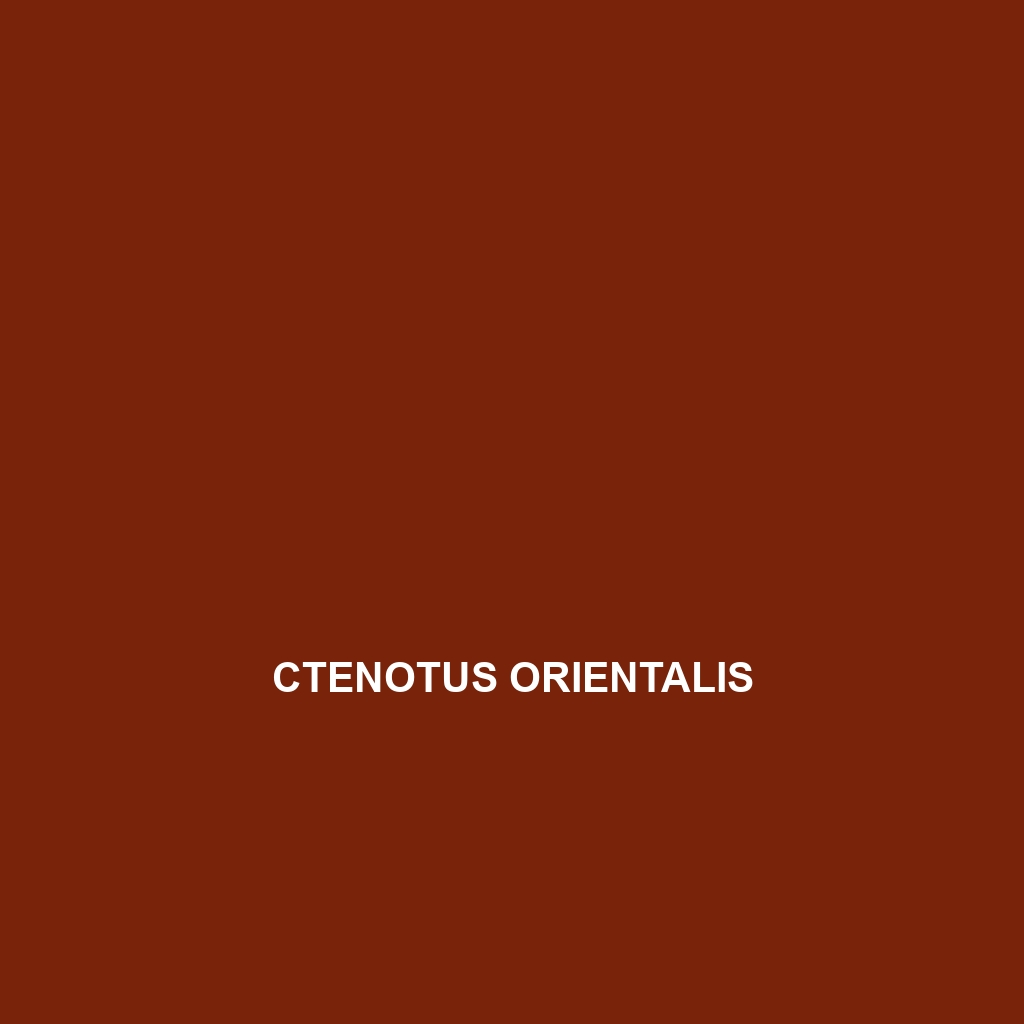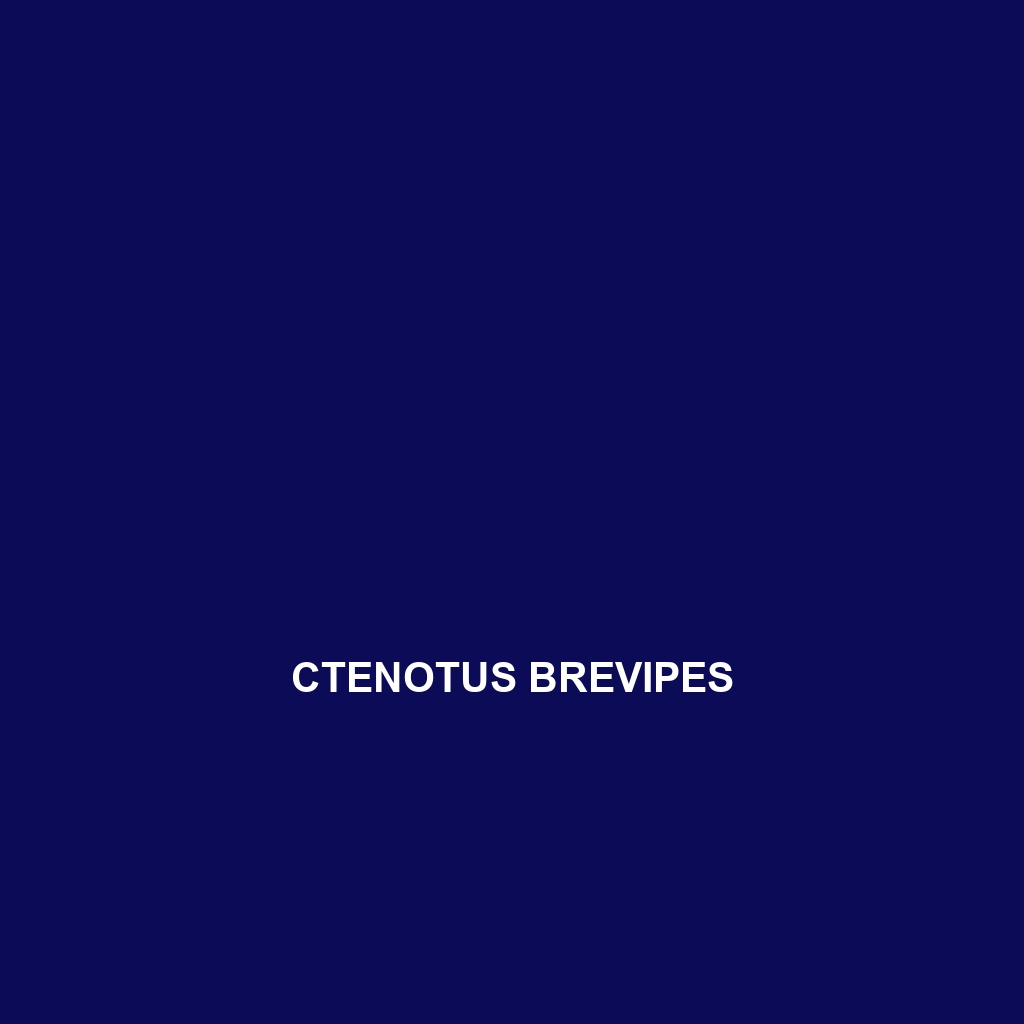The <b>Lerista ips</b>, a medium-sized skink native to the arid regions of Australia, thrives in sandy soils of temperate forests and savannas, showcasing a distinctive flat body with smooth, shiny scales. Primarily insectivorous and nocturnal, this resilient species plays a crucial role in controlling insect populations while exhibiting fascinating burrowing behaviors and minimal parental care.
Tag: sandy soils
Lerista greeri
<b>Lerista greeri</b>, also known as the Greer's Lerista, is a diurnal lizard native to the temperate regions of Australia. It thrives in sandy soils, showcasing a streamlined body up to 25 cm long, reduced limbs for efficient burrowing, and a diet primarily consisting of small invertebrates.
Lerista distinguenda
<p><b>Lerista distinguenda</b>, a secretive skink species native to southeastern Australia, adapts well to temperate forests and grasslands with sandy soils. This insectivorous skink reaches lengths of up to 12 cm, displaying distinctive coloration and reduced limbs for efficient burrowing.</p>
Lerista clara
<p><b>Lerista clara</b>, also known as the smooth skink, is a legless insectivore native to Australia's savannas, wooded grasslands, and scrublands. This unique species features a streamlined body for efficient burrowing, thrives in hot, dry climates, and plays a crucial role in maintaining ecosystem balance by controlling insect populations and aerating the soil.</p>
Eremias kakari
<p><b>Eremias kakari</b>, commonly found in southeastern Asia's temperate grasslands and arid regions, is a medium-sized lizard known for its sandy brown coloration and distinctive dark stripes. As an insectivore, it plays a vital role in controlling insect populations while exhibiting unique behaviors, such as territorial displays and impressive camouflage for predator evasion.</p>
Cyrtopodion montiumsalsorum
<h2>Cyrtopodion montiumsalsorum (Montium Sand Gecko)</h2> This vibrant gecko, native to the mountainous regions of Central Asia, measures 10 to 15 cm and exhibits nocturnal behavior, feeding primarily on insects. Classified as vulnerable, it plays a vital role in its ecosystem while showcasing adaptations like color change and a tail-dropping defense mechanism.
Ctenotus schevilli
Discover the intriguing Ctenotus schevilli, a slender skink native to southeastern Australia, characterized by its brown, tan, and cream striped body that thrives in dry sclerophyll forest and shrubland. This diurnal insectivore plays a crucial role in pest control and faces vulnerabilities due to habitat loss.
Ctenotus orientalis
Discover the Eastern Ctenotus (Ctenotus orientalis), a slender lizard native to southeastern Australia, thriving in scrublands and woodlands. With its distinct sandy brown and grey coloration, this diurnal species plays a vital role in controlling insect populations while showcasing fascinating behaviors and rapid growth rates.
Ctenotus decaneurus
Ctenotus decaneurus, a medium-sized skink native to arid regions of inland Australia, is distinguished by its elongated body, smooth scales, and light brown to dark tan coloration with stripes. Active during the day, this insectivorous species plays a crucial role in its ecosystem by regulating insect populations and serves as a prey source for larger predators.
Ctenotus brevipes
Ctenotus brevipes is a diurnal lizard native to the arid regions of Australia, known for its agility and distinctive brown and grey coloration with dark stripes. This insectivorous species thrives in sandy grasslands and plays a vital role in maintaining ecological balance by controlling insect populations.









